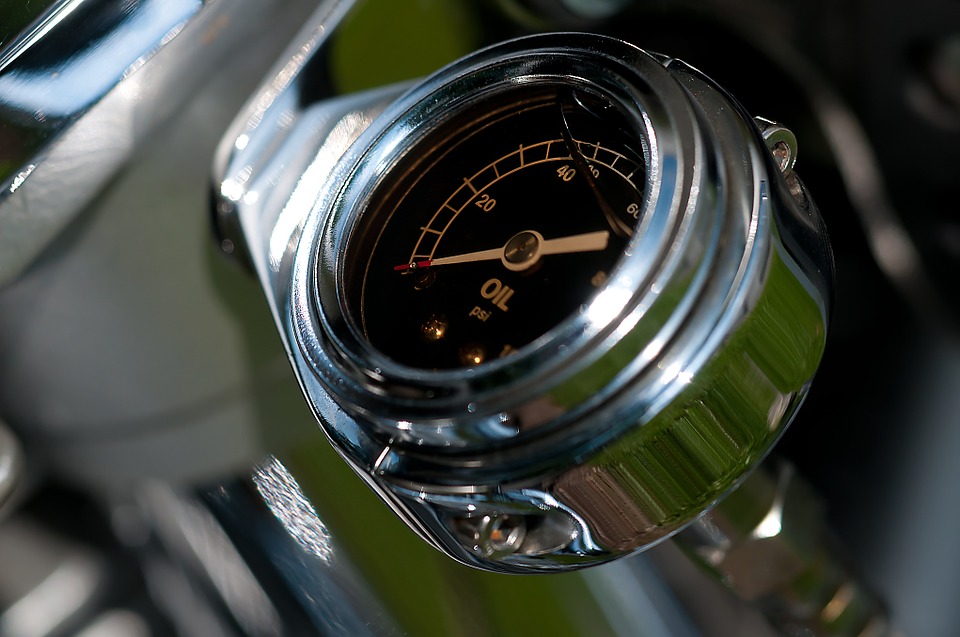5 Tips for DIY Oil Change
15th Dec 2016

Changing engine oil is one of the most important forms of car maintenance. Engine oil serves several different purposes: it wicks heat away from the engine, lubricates the gears, and prevents corrosion. While you can always take your car to a local automotive shop for an oil change, it's actually an easy do-it-yourself project. Here are five tips to follow when changing your car's oil.
Use Jack Stands
I know this probably sounds like common sense to most seasoned DIY mechanics, but it's still worth mentioning that you should always use jack stands when working underneath your car -- and this includes changing the oil. Make sure the jack stands are placed on the correct areas of your car's undercarriage, securing them so there's no "wiggle" room. Only then should you venture underneath and begin draining the old oil.
Premium Filter
Don't forget to invest in a premium filter when changing your oil. The filter must be rated for at least the distance of the oil. If you have synthetic oil that's rated for 6,000 miles, for instance, your filter should also be rated for 6,000 miles. If it's rated less, you'll have to go back and change it. You can look on the filter box to determine exactly how long the filter will last.
Warm the Oil
Before draining the oil, it's recommended that you warm it by letting the engine run for 5-7 minutes. This allows the oil to flow more easily, making your job easier in the process as well. Keep in mind, however, that you should not attempt to change the oil while the engine is hot. If the engine is hot, wait 30-40 minutes for it to cool down.
Hand-Tighten the Filter
Contrary to popular belief, you shouldn't use a filter wrench to tighten the filter. Rather, it's best to hand-tighten the filter.
Dispose of Old Oil
You'll need to take your old oil to a proper disposal facility. Most states have laws prohibiting the disposal of engine oil in the trash due to its combination of environmentally unfriendly chemicals. The good news is that most auto body parts stores should accept old oil. And if they don't, take it to a local hazardous waste disposal facility.
These are just a few tips to make your next DIY oil change a breeze.

